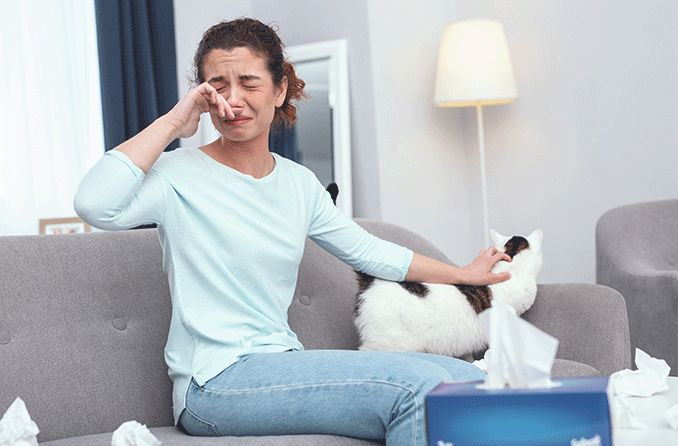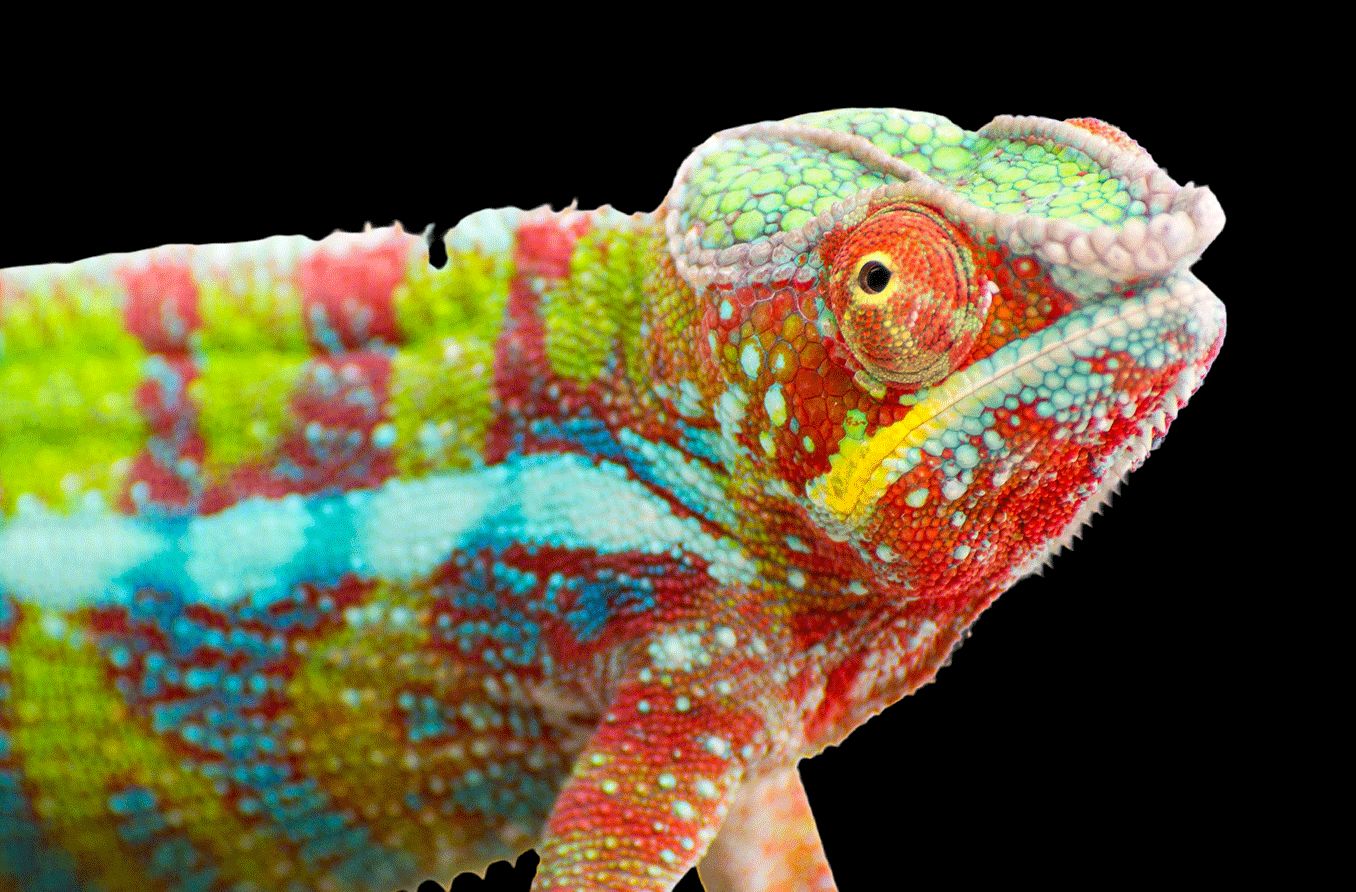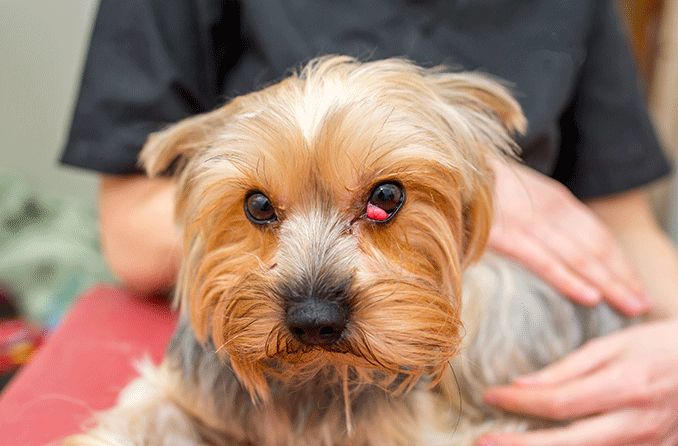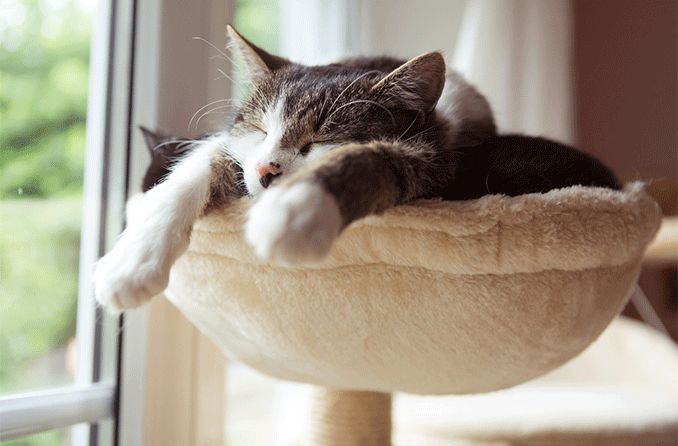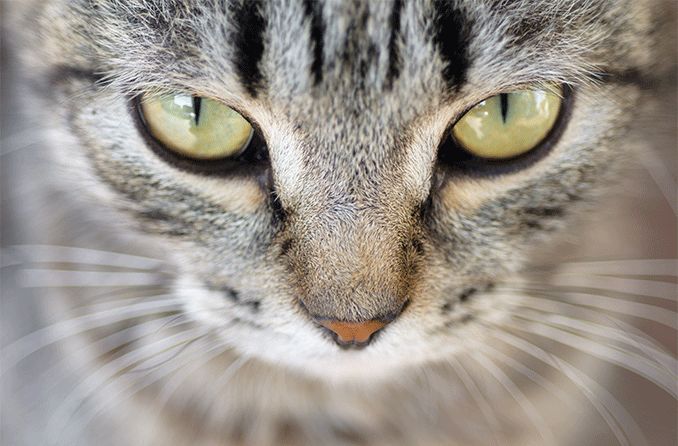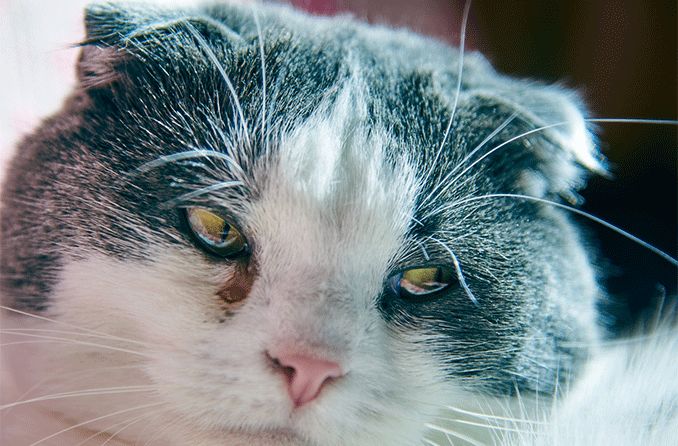What causes cat allergies?
Cat allergies are caused by the proteins that make up cats’ hair and skin particles. These proteins are also present in the animal’s bodily fluids, such as saliva and urine. When the proteins in these particles come into contact with someone who has a pet dander allergy, it causes a reaction.
Technically speaking, there is no such thing as “hypoallergenic” cat breeds. This is because all cats have the proteins in their saliva and other bodily fluids that cause adverse reactions.
Pet dander is considered an allergen. Allergens are simply defined as substances that can cause an allergic reaction. Allergens are typically harmless, but they can cause unwanted symptoms in people that may range from mild to severe, depending on the individual’s sensitivity.
Any allergy can be exhausting, especially during warmer seasons. However, pet dander allergies can be particularly hard to deal with if you own a pet that you’re allergic to or sensitive to.
RELATED READING: Why are your cat’s eyes watering?
Symptoms of cat allergies
Eye allergies caused by cats are a subset of conjunctivitis, so many of the symptoms are similar. Some cat allergy symptoms also mimic those of a common cold and can make you feel under the weather. These symptoms typically include:
- Itchy or red eyes
- Swollen or puffy eyes
- Excess tear production (watery eyes)
- Burning sensation in the eyes
- Light sensitivity (photophobia)
You may also experience symptoms that affect the body beyond your eyes, like:
- Nasal congestion
- Sneezing
- Rashes or hives
- Wheezing
- Tightness in the chest or difficulty breathing
If you are allergic to cats and are exposed to them long-term, your symptoms could be chronic. Symptoms that interfere with your quality of life should be treated and managed as soon as possible.
How to know if you’re allergic to cat dander
Eye allergies, or allergic conjunctivitis, can be caused by many seasonal or environmental factors, including cats. Other causes include:
- Pollen
- Pet dander
- Dust
- Mold
- Smoke
- Certain irritants
- And more
If you start noticing eye allergy symptoms that line up with exposure to cats, it can usually be self-diagnosable. But if you’re not sure and want a clear answer, seeing an immunologist is always an option.
The surest way to know if you’re allergic to cat dander is by having an allergy test. Allergy tests can be done with skin testing or blood testing. However, certain medications can affect the accuracy of the test, so be sure you follow the appropriate preparation beforehand.
LEARN MORE: Allergic conjunctivitis vs. pink eye
How common are pet dander allergies?
Cats are beloved pets that can provide decades-long companionship. It’s even been estimated that one in four American households have at least one cat. However, with pet dander allergies affecting 10%–20% of the population — and on the rise — it’s important to stay healthy as you care for your pets.
Treatment for cat allergies
The quickest way to see improvements in allergy symptoms is to avoid the source of the allergen. But if you already own cats, getting rid of your furry friends might be the most difficult option.
Allergy shots, eye drops and other individual treatments (such as prescription or over-the-counter medications) may help reduce or manage your symptoms.
Living with cat allergies
Luckily, it is possible to reduce your allergy symptoms with at-home remedies and other alternatives. There are certain strategies an individual can put in place, such as:
- Restricting your cat’s access to one room or certain rooms to minimize the spread of allergens. This will not keep the cat-free areas allergen-free because pet dander is airborne, but it can provide safer spaces for relief.
- Bathing your cat once a week to remove shedding hair and dead skin cells. Baths can also reduce the allergens that travel in the air.
- Washing your hands after making direct contact with your cat. Alternatively, you can avoid hugging, kissing and petting your cat, but this is not always an option for affectionate pet owners.
- Investing in a high-efficiency vacuum cleaner and/or an air humidifier. Cleaning carpet and other floor surfaces with a good vacuum cleaner will reduce allergen levels. Meanwhile, air humidifiers produce steam to reduce dryness in the air and can moderately relieve irritated eyes and noses.
Following any combination of these strategies can help to reduce your symptoms, but they will not go away all at once.
If you suspect that you may be allergic to cats, contact your eye doctor. They might be able to offer solutions to manage your allergy on a day-to-day basis, especially if you own cats that you do not intend to rehome because of your allergy.
Should I see an eye doctor for my allergies?
Allergic conjunctivitis isn’t always harmful, but it can cause uncomfortable symptoms. If you own cats or really want a cat but battle pet dander allergies, it might be advisable to seek guidance from a trained eye doctor.
An ophthalmologist or optometrist can provide you with prescription medications or home remedies to better manage your allergy symptoms if rehoming your pet or going pet-free just isn’t an option.
NEED TREATMENT FOR YOUR EYE ALLERGIES? Find an eye doctor near you.

